Easiest hanging houseplants are a popular choice for indoor gardening enthusiasts, offering lush greenery and beauty without requiring excessive time or effort. These plants are known for their hardiness and adaptability, making them ideal for both beginners and experienced plant parents.
From trailing vines to cascading foliage, there is a wide variety of easiest hanging houseplants to choose from. Whether you’re looking to add a touch of elegance to your living room or create a cozy ambiance in your bedroom, there’s a hanging plant that will perfectly complement your space.
Identify Popular Easiest Hanging Houseplants
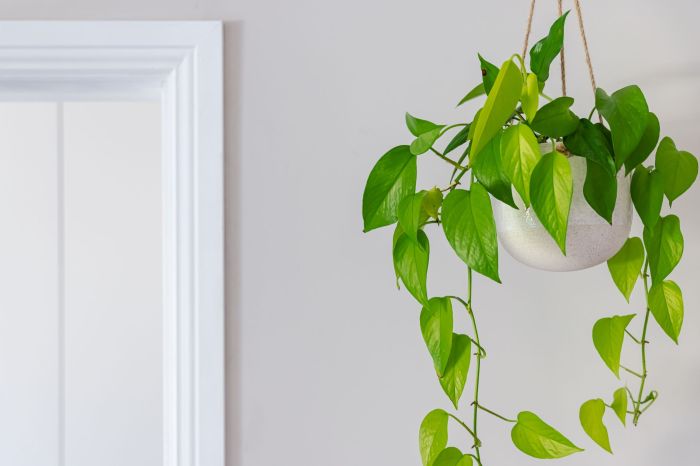
Hanging houseplants add a touch of greenery and life to any space, and some varieties are particularly well-suited for beginners or those with busy lifestyles. These plants are known for their ease of care, requiring minimal maintenance and tolerating a wide range of conditions.
Factors that contribute to the ease of growing hanging houseplants include low light tolerance, drought tolerance, and minimal maintenance requirements. These plants can thrive in indirect or even low light conditions, making them ideal for rooms with north-facing windows or limited natural light.
When it comes to selecting the easiest hanging houseplants, those that drape beautifully over the sides of pots are a popular choice. For a lush indoor oasis, consider exploring 5 Drape Plants for a Lush Indoor Oasis . These cascading plants add a touch of elegance and greenery to any room, making them perfect for creating a serene and inviting atmosphere.
Their ability to withstand periods of drought means they can go longer between waterings, making them perfect for those who may forget to water their plants regularly.
Popular Easiest Hanging Houseplants
- Spider Plant (Chlorophytum comosum):Known for its long, trailing stems with variegated leaves, the spider plant is a classic hanging houseplant. It is highly adaptable, tolerating a wide range of light conditions and infrequent watering.
- Pothos (Epipremnum aureum):Also known as the devil’s ivy, pothos is a vigorous climber with heart-shaped leaves. It is extremely tolerant of low light and can even grow in water, making it a great choice for beginners.
- String of Pearls (Senecio rowleyanus):This unique plant features trailing stems adorned with plump, pearl-like leaves. It prefers bright, indirect light and infrequent watering, making it a low-maintenance option.
- Burro’s Tail (Sedum morganianum):With its fleshy, cylindrical leaves resembling a burro’s tail, this plant is a popular choice for hanging baskets. It requires minimal watering and prefers bright, indirect light.
- Peperomia obtusifolia:This compact plant has thick, rounded leaves with a glossy finish. It tolerates low light conditions and infrequent watering, making it a suitable choice for areas with limited light.
Benefits of Easiest Hanging Houseplants
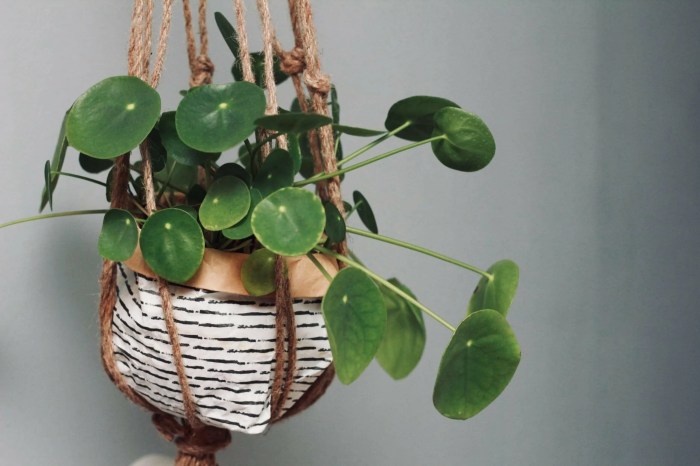
Incorporating hanging plants into your indoor space offers numerous advantages. These low-maintenance varieties provide an effortless way to add a touch of greenery and beauty to any room. Unlike traditional potted plants, hanging plants save valuable floor space, making them ideal for small apartments, cluttered desks, or rooms with limited surfaces.
The benefits of easiest hanging houseplants extend beyond aesthetics. Studies have shown that indoor plants can improve air quality by removing toxins and releasing oxygen. They also contribute to a sense of well-being by reducing stress and boosting mood. For those with busy schedules or limited gardening experience, these easy-care plants offer a hassle-free way to enjoy the benefits of indoor greenery.
Selecting the Right Hanging Plants
Choosing the right hanging plants for your specific environment and needs is crucial. Consider factors such as the amount of natural light available, the size of the space, and your personal preferences. For dimly lit areas, opt for low-light tolerant plants like spider plants or pothos.
If you’re looking for some of the easiest hanging houseplants to care for, look no further. There are many low-maintenance varieties that can add a touch of greenery to your home without requiring a lot of attention. Hanging plants are a great way to add some life to a room, and they can also help to purify the air.
Best of all, they’re relatively easy to care for, even for beginners.
If you have a large space to fill, trailing plants like ivy or philodendron will create a dramatic effect. For those who prefer a more compact option, succulents like burro’s tail or string of pearls are ideal.
By selecting the right hanging plants and providing them with basic care, you can effortlessly create a lush and inviting indoor oasis that enhances your living space and well-being.
Specific Care Requirements for Easiest Hanging Houseplants
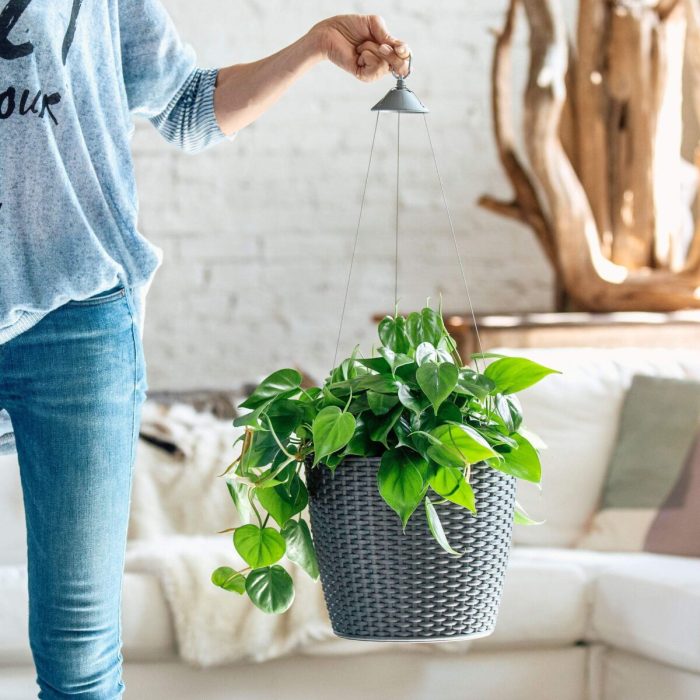
Ensuring the well-being of hanging houseplants necessitates adherence to specific care guidelines tailored to each plant’s unique needs. Watering frequency, light conditions, and any special considerations play a crucial role in maintaining their health and longevity.
Watering Frequency
Watering frequency varies depending on the plant species, pot size, and environmental conditions. As a general rule, most hanging plants prefer moist but not waterlogged soil. Allow the top inch or two of soil to dry out before watering thoroughly.
Avoid overwatering, as this can lead to root rot.
Light Conditions
Light conditions are equally important for the well-being of hanging houseplants. Different species have varying light requirements, from low light to bright indirect light. Place your plants in a location that provides the appropriate amount of light based on their specific needs.
Special Considerations
Some hanging houseplants may require additional care considerations. For instance, certain species may benefit from regular misting or occasional feeding with a balanced fertilizer. It’s essential to research the specific needs of each plant to ensure optimal growth and health.
Troubleshooting Common Problems with Easiest Hanging Houseplants

Hanging houseplants bring beauty and life to any space, but they can also encounter common problems that affect their health and appearance. Understanding these issues and implementing proper care practices can help prevent and resolve them, ensuring your hanging plants thrive.
Common problems include overwatering, underwatering, pests, and diseases. Identifying the signs and taking prompt action is crucial for plant recovery.
Overwatering
- Signs: Yellowing leaves, wilting, root rot.
- Solution: Allow soil to dry out completely between waterings. Use well-draining potting mix and avoid overwatering during winter months.
Underwatering
- Signs: Dry, crispy leaves, stunted growth, leaf drop.
- Solution: Water thoroughly when soil feels dry to the touch. Increase watering frequency during hot, dry conditions.
Pests
- Signs: Visible insects, webbing, honeydew, leaf damage.
- Solution: Identify the pest and treat accordingly with insecticidal soap, neem oil, or horticultural oil. Isolate infected plants to prevent spread.
Diseases, Easiest hanging houseplants
- Signs: Leaf spots, discoloration, wilting, stunted growth.
- Solution: Identify the disease and treat with appropriate fungicides or bactericides. Remove infected plant parts and improve air circulation.
By understanding and addressing these common problems, you can provide optimal care for your hanging houseplants, ensuring their health, beauty, and longevity.
With an array of varieties available, finding the easiest hanging houseplants is a great starting point for any plant enthusiast. For those looking to elevate their home decor, consider incorporating these plants into 5 DIY Indoor Wall Planters to Bring Life to Your Walls . These innovative planters offer a unique way to showcase your greenery, transforming your walls into living works of art.
The beauty of hanging houseplants lies in their ability to add a touch of nature to any space, purifying the air while creating a sense of tranquility.
Design Ideas for Incorporating Easiest Hanging Houseplants
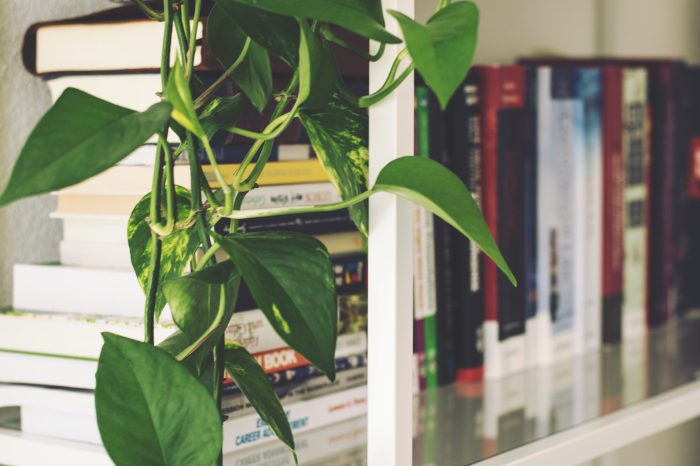
Hanging plants have become a popular way to add life and greenery to any indoor space. They are a great way to save space, add vertical interest, and create a focal point. There are many different ways to incorporate hanging plants into your home décor, and with a little creativity, you can create a unique and stylish look.
One of the best things about hanging plants is that they can be used in any room of the house. In the living room, they can be used to add a touch of nature to a seating area or to create a focal point above a fireplace.
In the kitchen, they can be used to add a pop of color to a windowsill or to create a vertical garden. In the bedroom, they can be used to add a touch of serenity or to create a calming atmosphere.
If you’re searching for the easiest hanging houseplants to add a touch of greenery to your home, look no further. Consider incorporating the suggestions from 5 Draping Indoor Plants for Low Light: Beautify Your Space with Minimal Effort . This article provides insights into low-maintenance hanging plants that can thrive in dimly lit areas.
These plants are not only visually appealing but also contribute to purifying the air in your living space. By incorporating these hanging houseplants, you can effortlessly enhance the ambiance of your home while enjoying the benefits of nature.
When choosing hanging plants, it is important to consider the size of the space and the amount of light that is available. Smaller plants are ideal for small spaces, while larger plants can be used to make a statement in a larger room.
Plants that require a lot of light should be placed in a sunny spot, while plants that can tolerate low light can be placed in a shadier area.
There are many different ways to hang plants. You can use a simple hook, a macrame hanger, or a hanging basket. You can also create your own unique hanging planter by using a piece of driftwood, a piece of fabric, or even a recycled container.
Once you have chosen your plants and hanging method, you can start to arrange them in your space. Here are a few ideas to get you started:
- Hang a single plant from the ceiling in the center of a room to create a focal point.
- Hang a group of plants at different heights to create a vertical garden.
- Hang plants from a shelf or bookcase to add a touch of greenery to a display.
- Hang plants from a windowsill to add a pop of color and to create a sense of privacy.
- Hang plants from a macrame hanger to add a bohemian touch to a room.
With a little creativity, you can use hanging plants to create a unique and stylish look in any room of your home.
Final Conclusion
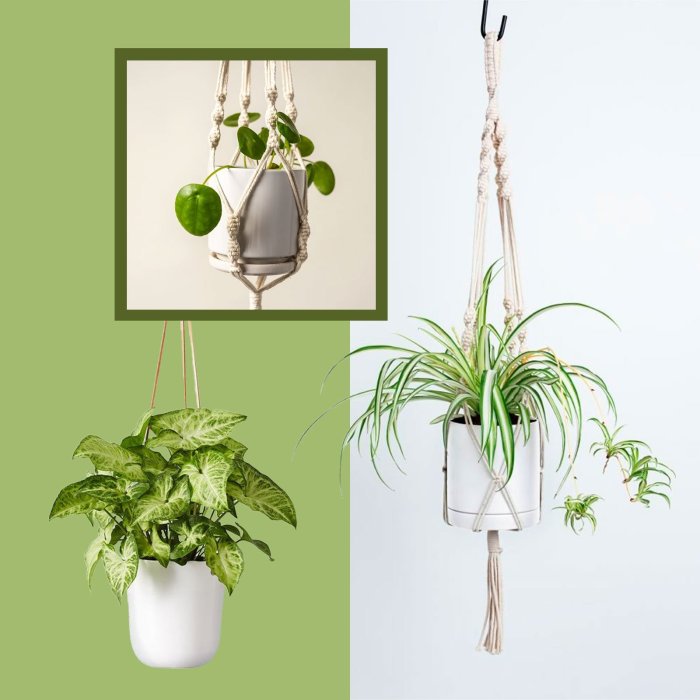
Incorporating easiest hanging houseplants into your home is a simple yet effective way to elevate your indoor décor. With their minimal care requirements and versatility, these plants are a perfect choice for adding a touch of nature to any space.
So, embrace the beauty of hanging plants and create a thriving indoor oasis that will bring you joy for years to come.
Essential FAQs
What are the most popular easiest hanging houseplants?
Some of the most popular easiest hanging houseplants include pothos, spider plants, philodendrons, and ferns.
How often should I water my easiest hanging houseplants?
The frequency of watering will vary depending on the specific plant, but as a general rule, most easiest hanging houseplants should be watered once a week.
What are some common problems that can affect easiest hanging houseplants?
Some common problems that can affect easiest hanging houseplants include overwatering, underwatering, pests, and diseases. It’s important to monitor your plants regularly and address any issues promptly.